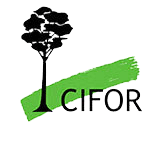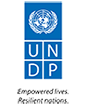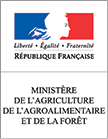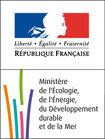
When I left Vietnam to attend college in the US, my goal was to study economics and help Vietnam develop its economy and increase the living standards for all of its citizens. My perspective of development was gradually changed as I became involved in the international climate youth movement, which helped me understand the magnitude and urgency of the environmental and climate crisis and the need for alternative development models that are more just and sustainable.
Inspired to do good for both nature and people, I started to take more environmental courses and took an internship with The Nature Conservancy, where my interest in conservation and sustainable landscapes first began. After graduation, I spent three years working on climate change adaptation in Washington, DC, and a desire to gain a more on-the-ground perspective has motivated me to return to Southeast Asia to work for the USAID Lowering Emissions in Asia’s Forests (LEAF) program.
The past year with USAID LEAF has given me the opportunity to experience first-hand the challenges facing landscapes. Across Southeast Asia I saw large swaths of forests that were converted to agricultural commodities to meet local and global demands, polluted streams and waterways from agricultural and industrial production, and local communities who are struggling to make a living on an increasingly degraded resource base.
While there have been many successful pilot projects to address the conservation versus development conundrum, very few have been scaled up to achieve transformational changes at a large scale. Finance is often a key limiting factor, with projects often dependent on donor financing and petering out when such funding dries up. Fortunately, the supply of finance for socially and environmentally responsible investments has increased in recent years due to consumers and civil society’s pressure on businesses and investors’ increased understanding of the risks associated with climate change. The challenge now is connecting this available finance with the farmers, foresters, NGOs and local government who badly need finance to manage their landscapes more sustainable.
Coming to the 2015 Youth in Landscapes initiative, I am excited to join the finance and trade team to work on finding solutions to the finance and sustainable supply chain challenges. I look forward to the opportunity to improve my leadership skills, connect with like-minded fellow youths and senior leaders, and contribute to increasing the voices of youth in shaping the future of our world.
Thuy Pung is one of the 10 young champions who will work on the “Finance and Trade” Landscape challenge with Youth program’s partner: Livelihoods Venture.
Learn more about the Global Landscapes Forum’s Youth program, meet our 50 youth champions and discover the 5 Landscapes challenges they will take up, in December, in Paris.






































